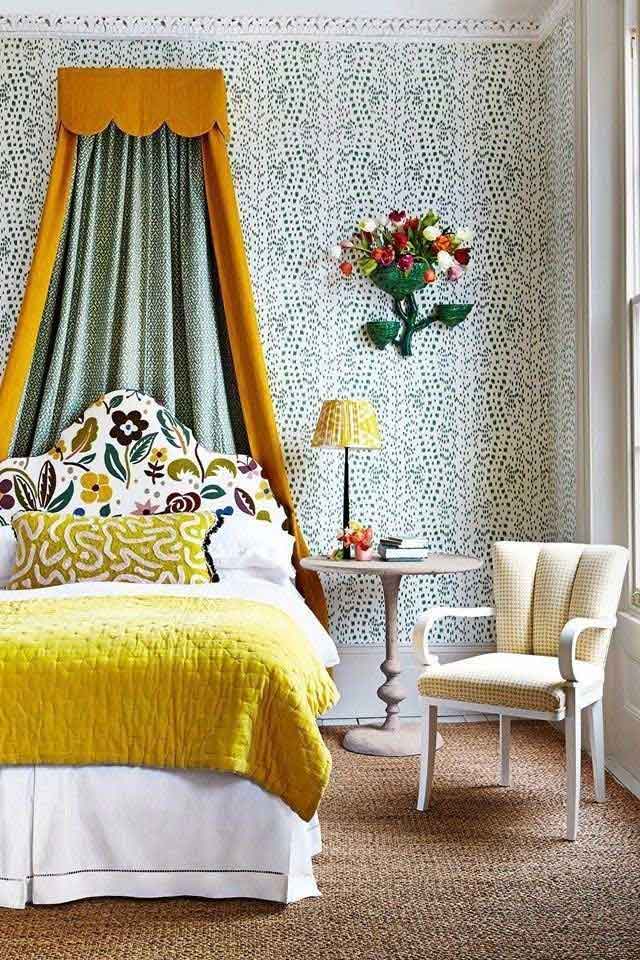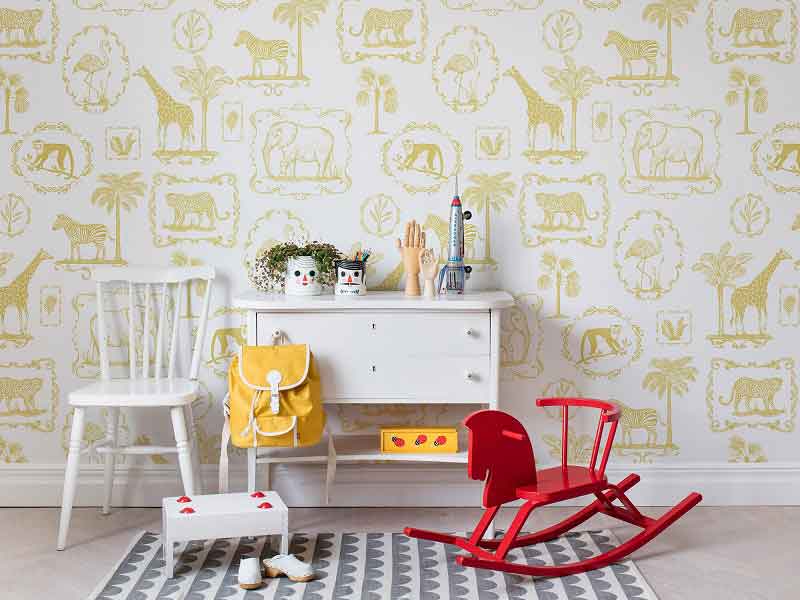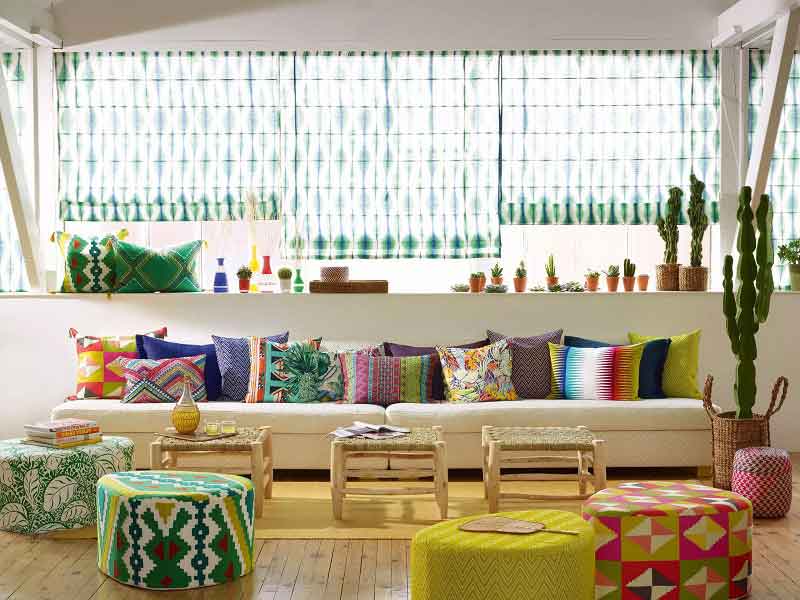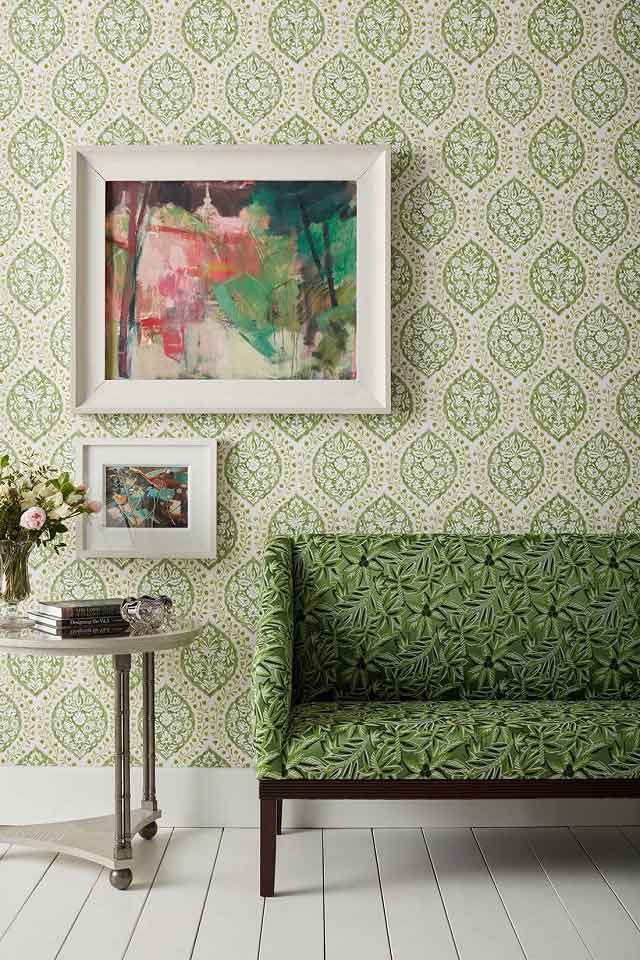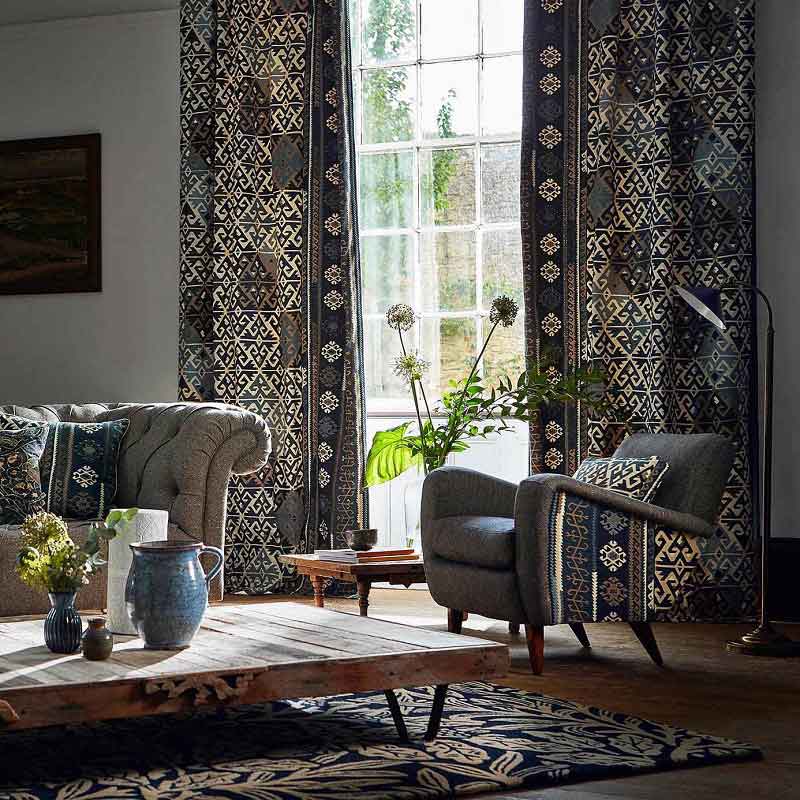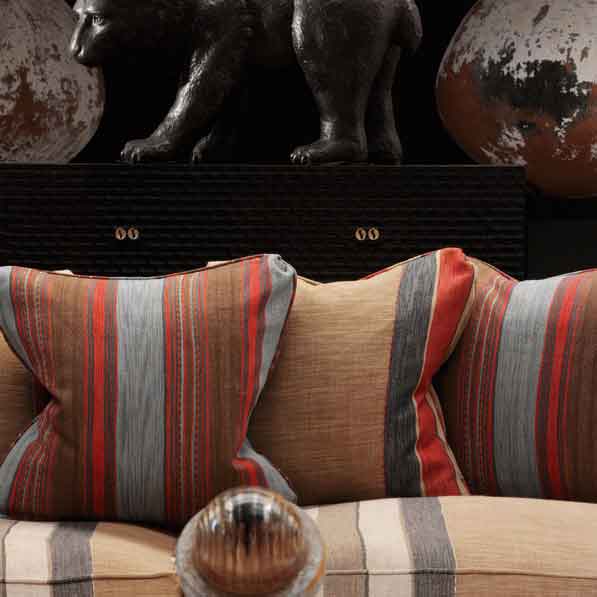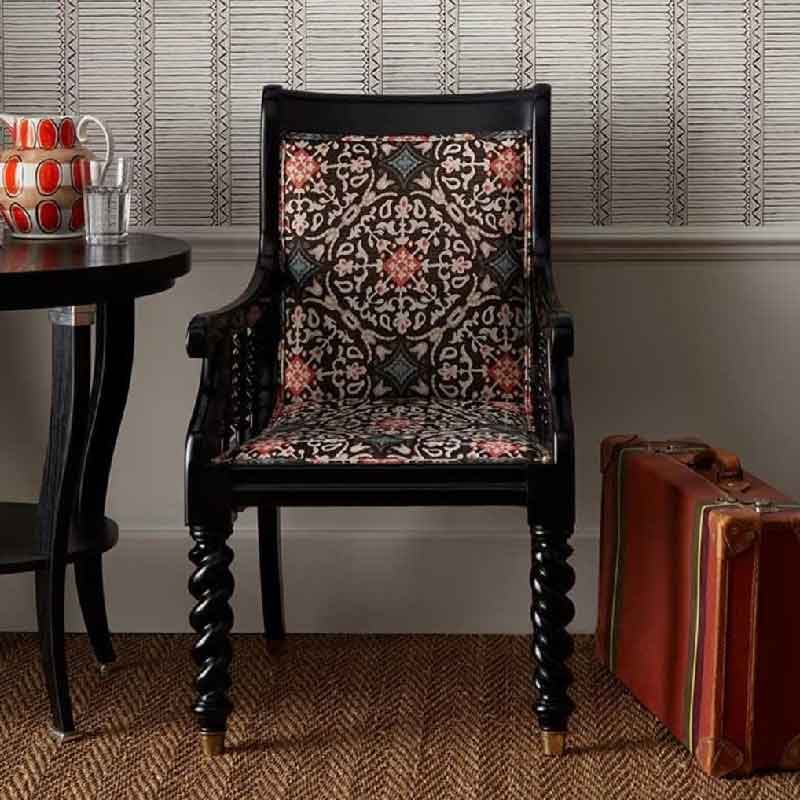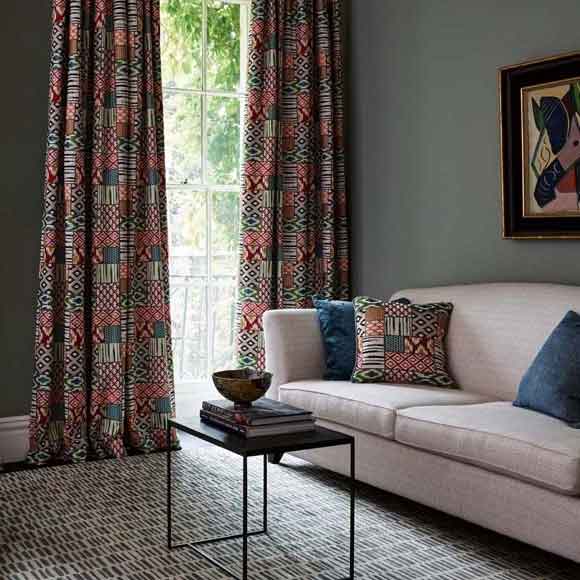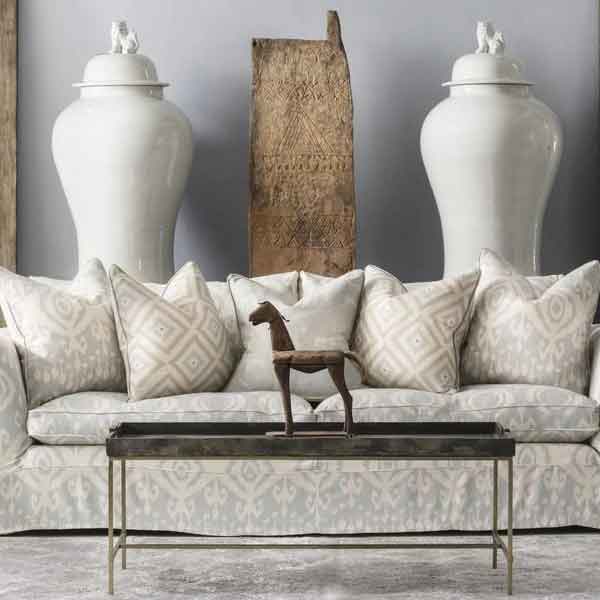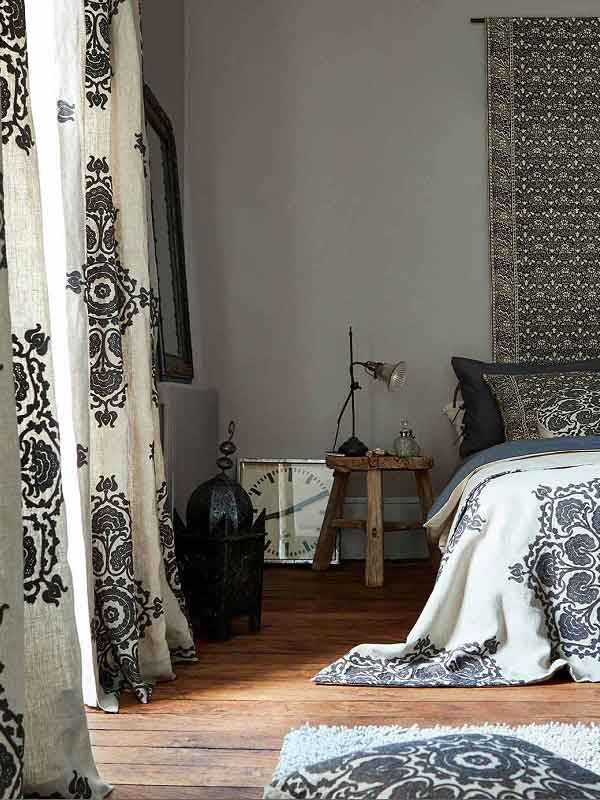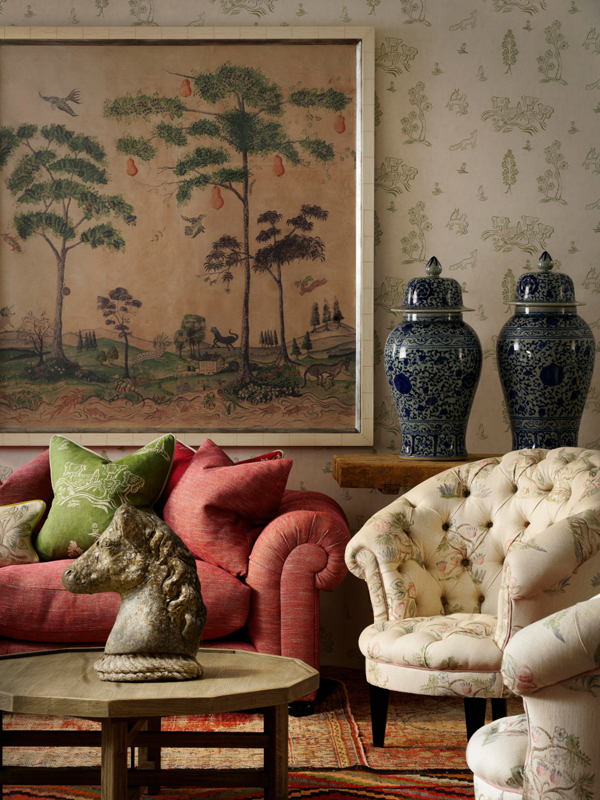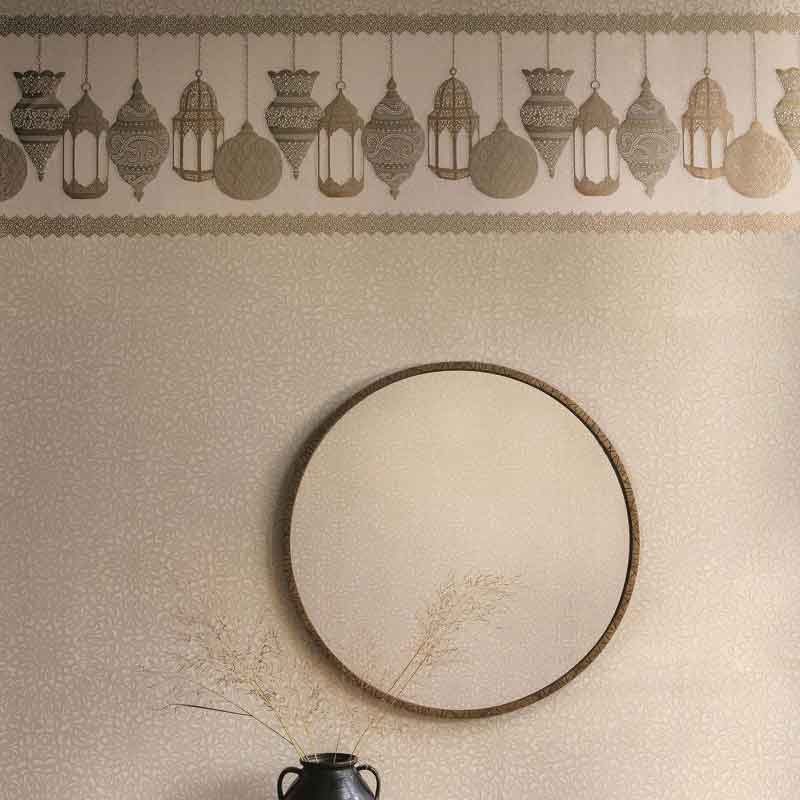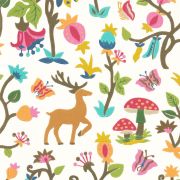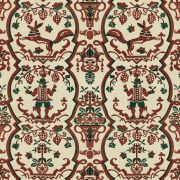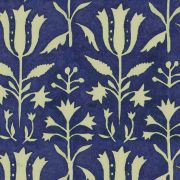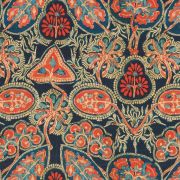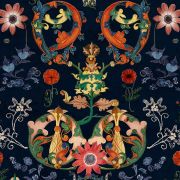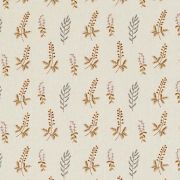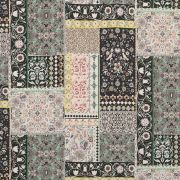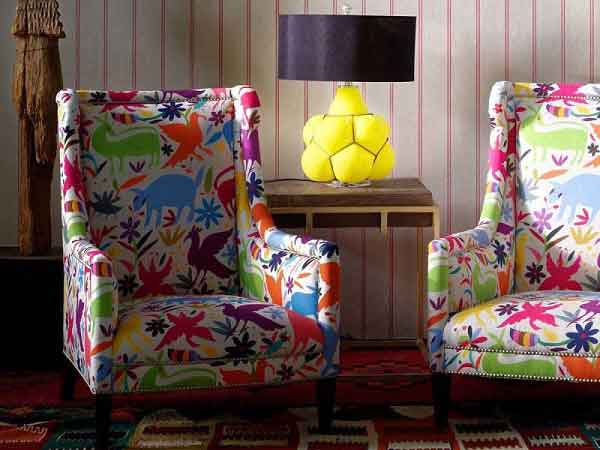Folk art interior design has gone from a trend to a look that's here to stay. It celebrates techniques from across the world and the relationship between maker and object. Folk art provides a way to create meaningful stylish interiors with real personality.
What is 'Folk Art'?
The most widely agreed upon definition of 'folk art' is that, as opposed to ‘high art’ created by trained professionals, it's an ‘art of the people’. These people are namely those who are self-taught or have learned techniques handed down through generations.
Creators of folk art are often considered craftspeople rather than artists. They typically hailing from modest rural locations, from which their inspiration is drawn. Their work takes many forms, from pottery or metalwork to quilt-making, but is almost always characterised by an endearingly naïve style and abundance of pattern and colour.
Inspiration
The motifs that appear most commonly in folk art are those derived from nature. Rural scenes featuring animals, workers or depictions of the local flora are often popular. There's also repeating designs such as those seen on ikat or kilim rugs. These themes contrast with more abstract designs often showcasing the craft itself, such as intricate needlework or fascinating dyeing methods.
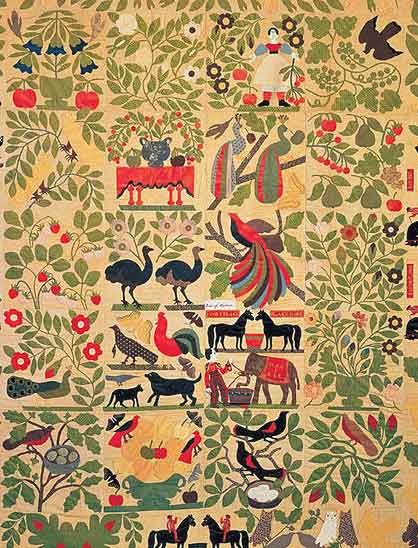

American Bird of Paradise Quilt Top from the 19th century
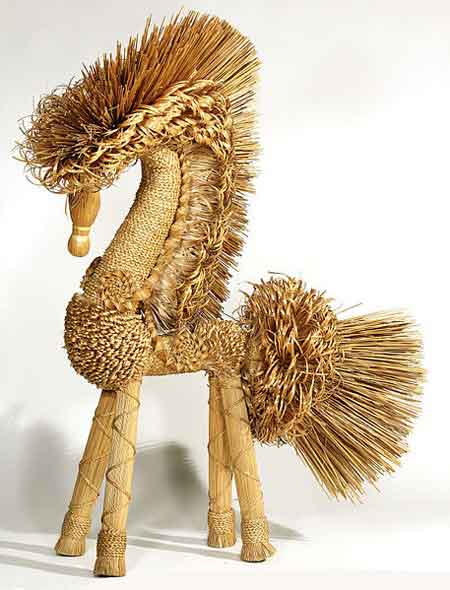

Straw horse sculpture from Sumatra
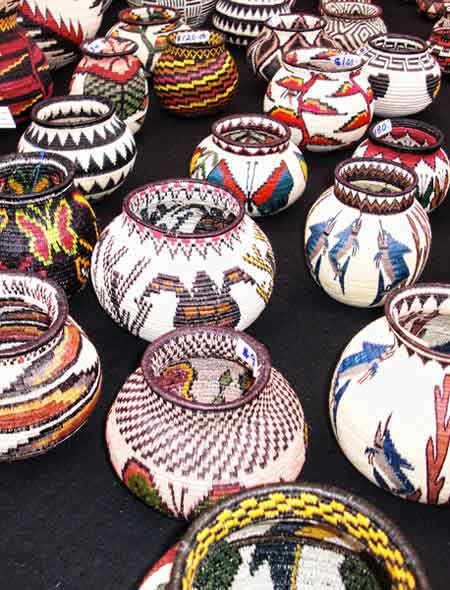

Woven pots from a Folk Art Festival in Sante Fe
Folk Art in Interior Design
Folk Art has recently provided the inspiration for several fabric and wallpaper collections. These include Gaston Y Daniela’s African Queen which draws on African textiles, and Andrew Martin’s Hacienda, which celebrate Mayan crafts and textiles, to Nina Campbell’s Les Rêves Collection, encompassing a selection of designs inspired by ceramics and paintings.
This look has also long been championed by designers such as Kit Kemp and William Yeoward, who have demonstrated its effects beautifully in both contemporary and traditional spaces. Then there's MINDTHEGAP who champion their native Romanian folk art amongst their eclectic ranges.
While it may not be most polished of looks, therein lies its charm. It speaks of a strong relationship between maker and object, and will appeal to those enjoying the ‘craft revival’ currently taking the art and design world by storm. As opposed to the more refined, uniform designs and colour palettes often seen in interiors, folk art provides a more laid-back, lived-in style, perfect for creating a highly original scheme that celebrates the wisdom and imagination of the humble craftsperson.
Three Ways to Use Folk Art in Interiors
As this is such an eclectic style, it can be difficult to know how to incorporate it in your home. While there are certainly endless ways to make it work for you, here are three very different looks you should consider:
1. Colour-pop
A fresh and zesty pop of colour against a white backdrop can help prevent this look from becoming overwhelming. It will, however, still allow the use of a multitude of different patterns and textures. Lush greens and lemon yellows work particularly well together. Try these with the occasional use of coral pink or sky blue.
2. Earthy Charm
This style really harks back to the roots of folk art and the natural vegetable and mineral dyes that are traditionally used in place of synthetic pigments. Large blocks of colour such as red, brown, orange and yellow coupled with green and blue create a grounded, intimate space.
They work especially well alongside materials such as wood, rattan and clay. Warmer tones also accessorise well with an earthenware vase or woven rug. Whereas, cooler tones look great alongside a striking painting or lampshade.
3. Subtle and Subdued
Despite the assortment of patterns and motifs, this look needn’t be colourful. Its appeal, in fact, lies in being down-to-earth and liveable. Soothing grey, warm neutral tones and off-white shades make it easy to combine patterns. They then work beautifully with bleached woods and dark glossy metalwork.
Browse Some More of Our Favourite Folk Art Designs...
You May Also Be Interested In...
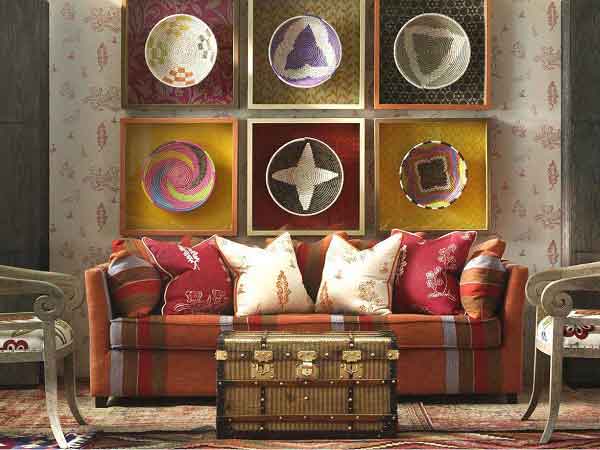

Enter the Whimsical World of Kit Kemp
Famed interior designer, Kit Kemp has an instantly recognisable style. Her collaborations have also become highly acclaimed must-haves.
Image credits: Woven pots - ‘Weaved’ by Spacedust Design. Licensed under CC BY-ND 2.0. Straw horse - By Belarusian people (Belarusian folk art) (Own work) [CC0], via Wikimedia Commons. Bird of Paradise Quilt - By Unidentified [Public domain], via Wikimedia Commons.
- paypal
- visa
- mastercard
- amex

